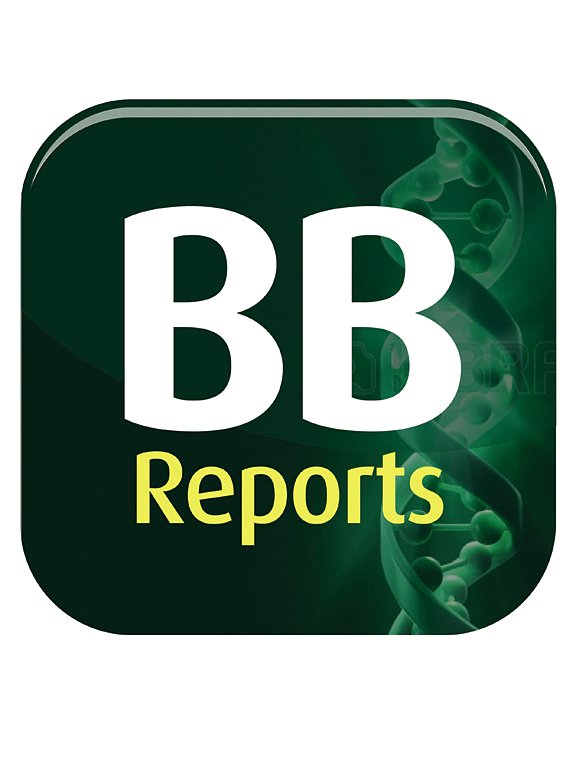Applying first & second harmonic spectral phasor analysis on a single-wavelength calcium fluorophore
IF 2.3
Q3 BIOCHEMISTRY & MOLECULAR BIOLOGY
引用次数: 0
Abstract
Ratiometric and single-wavelength fluorophores are limited in their ability to provide basal level activity prior to treatment. This study presents a novel approach to characterise cell-wide basal activity of calcium using first and second harmonic spectral phasor analysis. Cells stained with the single-wavelength calcium fluorophore Oregon Green™ BAPTA 1-AM exhibited significant differences in wavelength or width in the nucleus, cytoplasm and membrane under basal conditions. Large and small cursor analysis was applied in the first and second harmonic, with smaller cursors revealing a region of interest enveloping and protruding from the nucleus in a structure akin to the sarcoplasmic reticulum. The first harmonic was found to be more sensitive in measurements of λmax, while the second harmonic showed increased sensitivity in measurements of spectral width. The results of this study indicate that first and second harmonic frequencies should be used in conjunction with phasor analysis of fluorophore microenvironments, rather than the first harmonic alone. Use of this approach may provide more insight into the cellular microenvironment under basal activity and treatment responses.
求助全文
约1分钟内获得全文
求助全文
来源期刊

Biochemistry and Biophysics Reports
Biochemistry, Genetics and Molecular Biology-Biophysics
CiteScore
4.60
自引率
0.00%
发文量
191
审稿时长
59 days
期刊介绍:
Open access, online only, peer-reviewed international journal in the Life Sciences, established in 2014 Biochemistry and Biophysics Reports (BB Reports) publishes original research in all aspects of Biochemistry, Biophysics and related areas like Molecular and Cell Biology. BB Reports welcomes solid though more preliminary, descriptive and small scale results if they have the potential to stimulate and/or contribute to future research, leading to new insights or hypothesis. Primary criteria for acceptance is that the work is original, scientifically and technically sound and provides valuable knowledge to life sciences research. We strongly believe all results deserve to be published and documented for the advancement of science. BB Reports specifically appreciates receiving reports on: Negative results, Replication studies, Reanalysis of previous datasets.
 求助内容:
求助内容: 应助结果提醒方式:
应助结果提醒方式:


